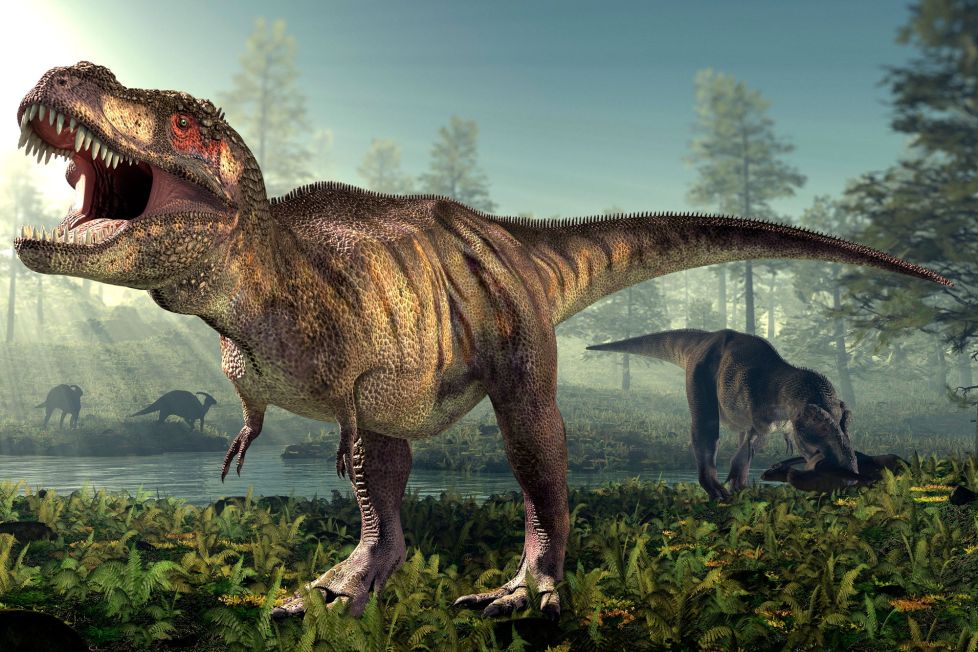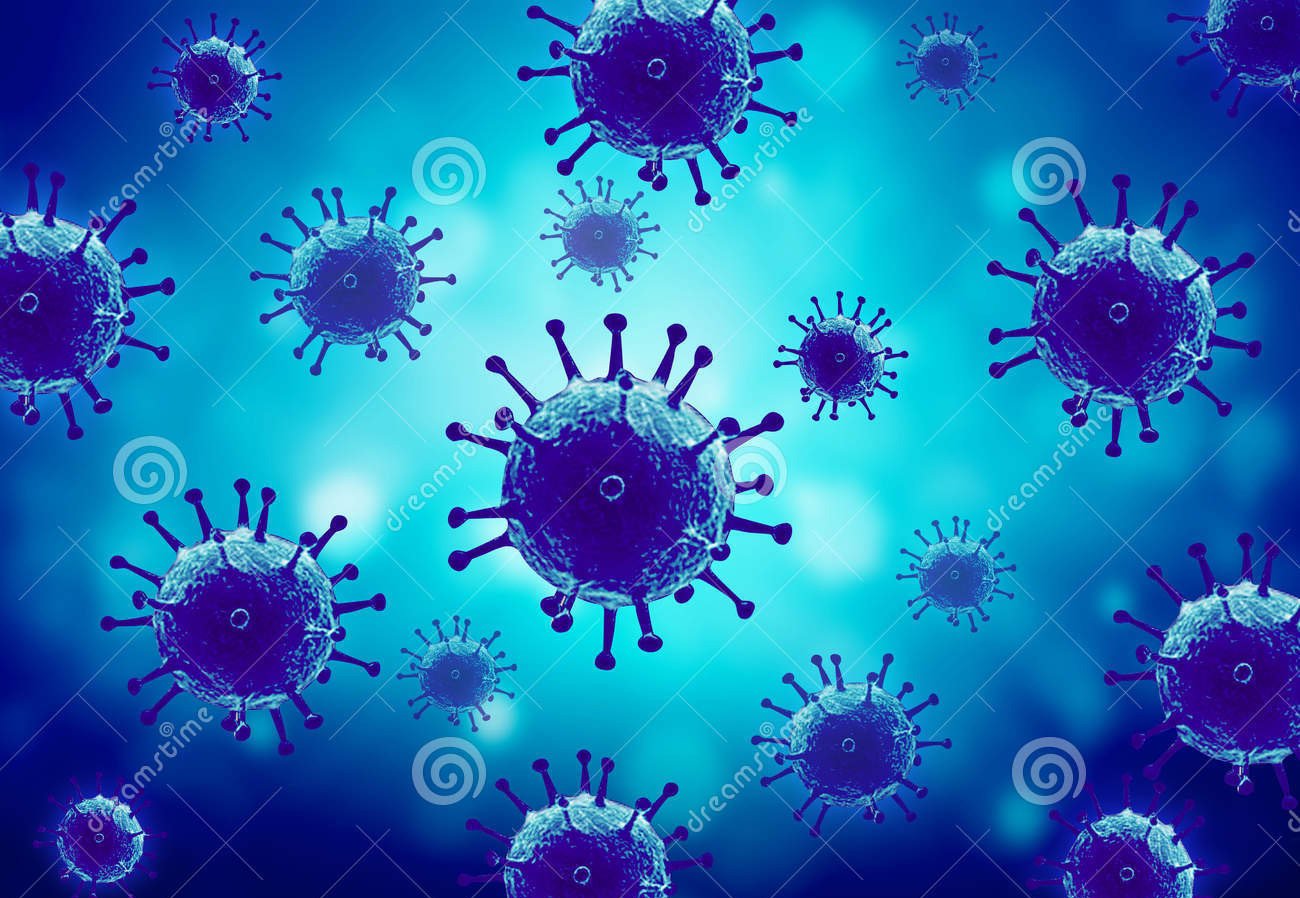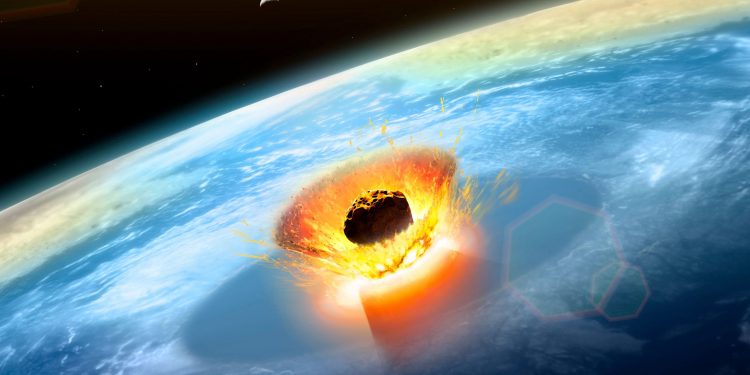
Asteroid ‘Chicxulub’ which devastated the earth some 66 million years ago destroyed all the species of dinosaurs and swept away most living objects present in earth at that time.
According to a report on the ‘CNN’ website the impact of the Chicxulub was so damaging that it destroyed 76 per cent of all species and nearly all of the planet’s vegetation. The dust cloud created by the impact on the surface of the earth completely created an atmosphere of darkness blocking the rays of the sun from hitting the earth surface. Hence photosynthesis did not occur and phytoplankton in oceans stopped producing oxygen.
The crater created by the impact of Chicxulub was dark, very hot, and in other places it was extremely cold. So it was difficult for any form of living object to survive in these conditions.
But then, there was one living creature which braved all odds and hindrances. Mictobacteria started thriving inside the crater.
“We’re talking about organisms recovering within days to decades,” said Timothy Bralower, professor of geosciences at Pennsylvania State University. “From a geological viewpoint, that discovery is pretty major.”

He is not the only one doing research on the crater, there are others with him also. They are working on the biomarkers left behind by microbacteria millions of years earlier. Following those marks these geologists have knit together a timeline of how life returned after the asteroid hit. Their research work was published last month in the journal ‘Geology’.
“(Bacteria) bounced right back,” Bralower, co-author of the research work has been quoted as saying by the ‘CNN’. “This is very consistent with what we know about bacteria today — they can grow anywhere.”
Bacteria are among the toughest and resilient organisms present in earth. They can survive everywhere, from biting cold to extremely hot temperatures.
“So it’s no wonder they were able to survive in the Chicxulub crater, buried in Mexico’s Yucatan Peninsula. What’s rarer, is how quickly the microbes were able to return,” said Bralower.
It is believed that the asteroid created a massive tsunami with an approximate height of around 300 ft and it destroyed everything around it including the dinosaurs. However, scientists are astounded that the tsunami could not wipe out microbacteria and it helped in the return of life on Earth.
Among that sediment was ‘cyanobacteria’, micro-organisms capable of photosynthesis and an important player in the nitrogen cycle. The geological record shows that these microbes were deposited immediately after the crater was formed.
“Basically the first survivors, the first inhabitants of the crater, were microbes,” Bralower said. “The microbial communities in the crater remained in a constant state of dynamic flux in the millions of years that followed,” the authors wrote. “Microbes kind of paved the way for higher orders of life,” Bralower said.
Slowly after the dust created by the impact settled, the sun’s rays became stronger and photosynthesis started and recycling of life started once more. But according to the paper it wouldn’t have been possible without various forms of microbacteria.
Agencies







































